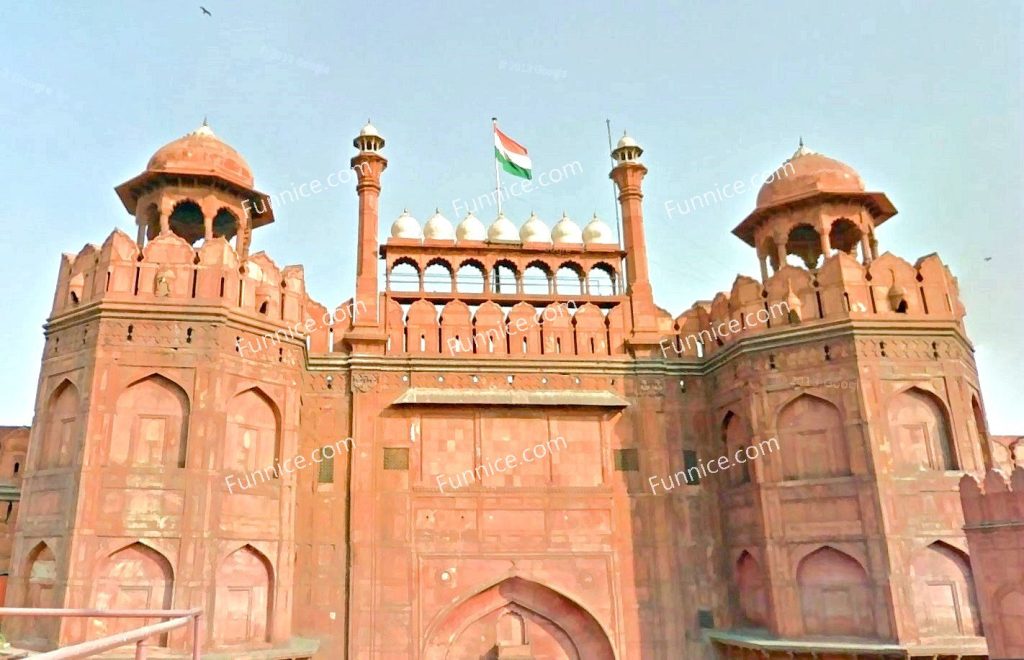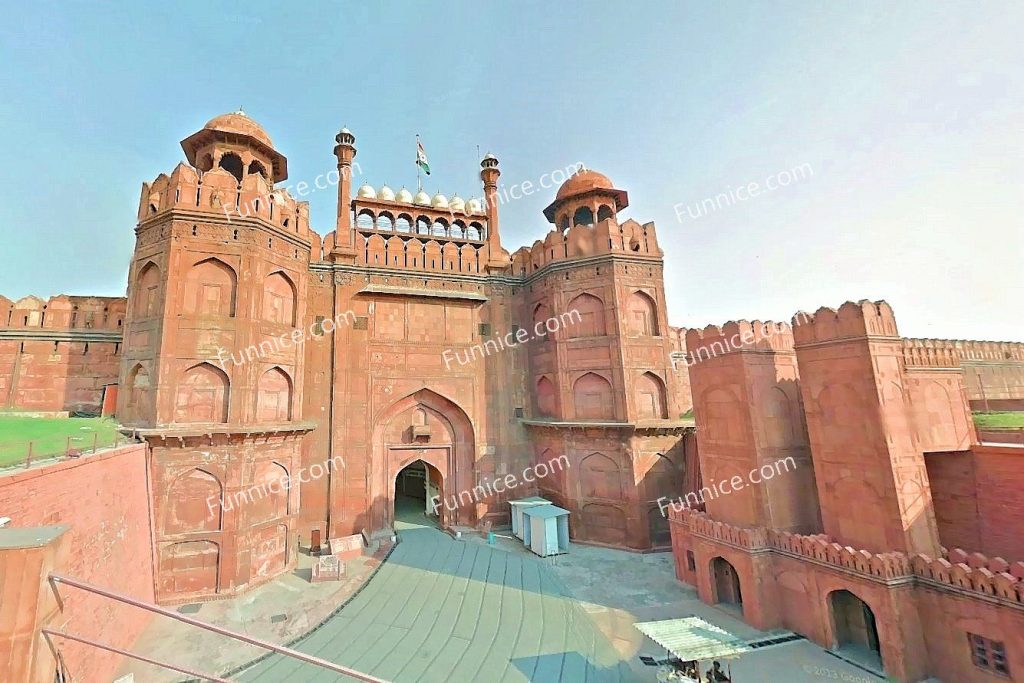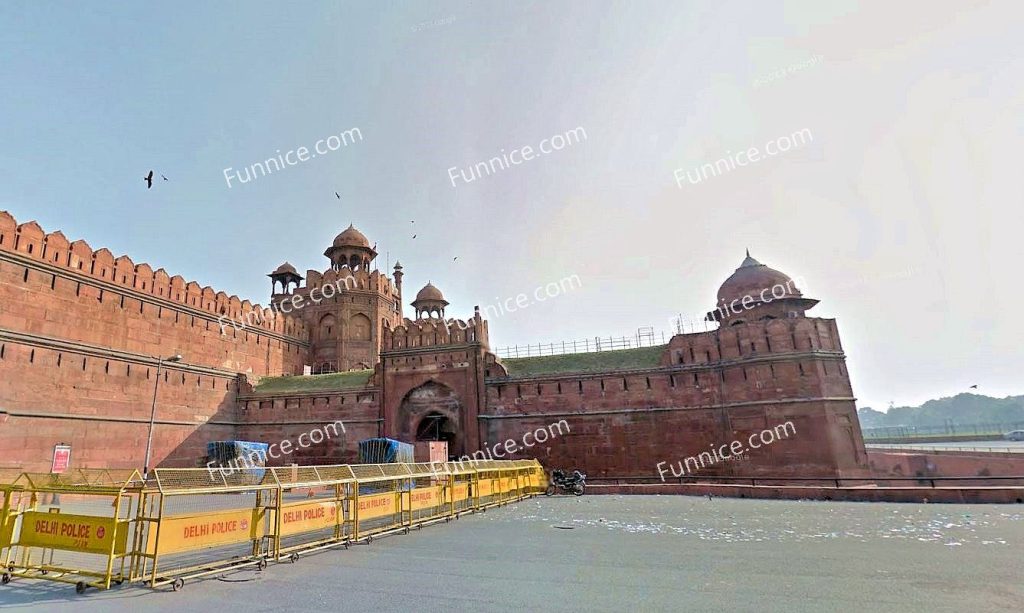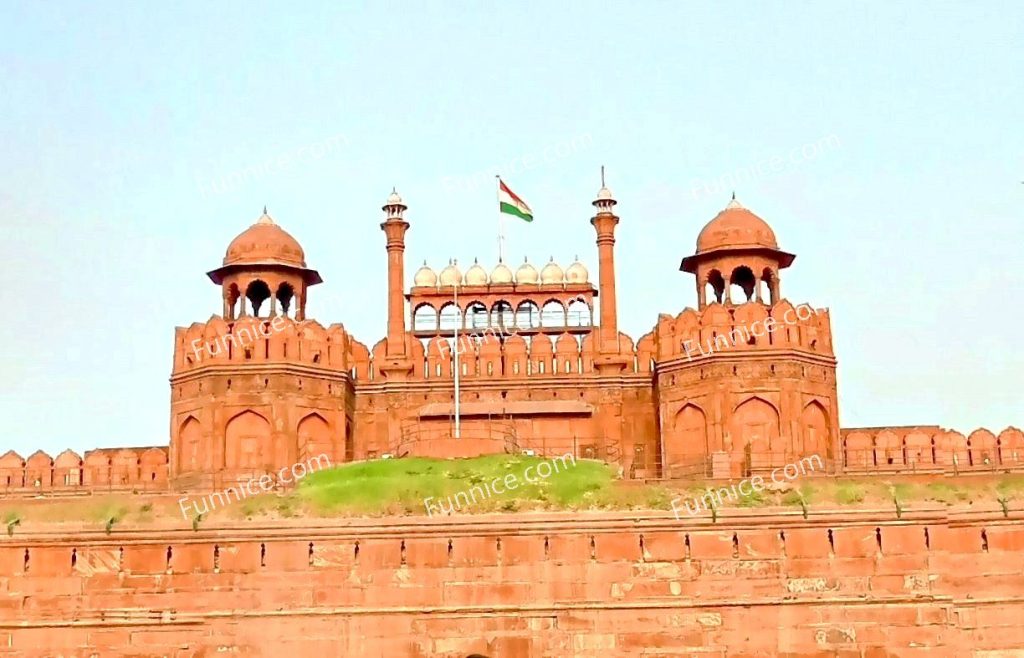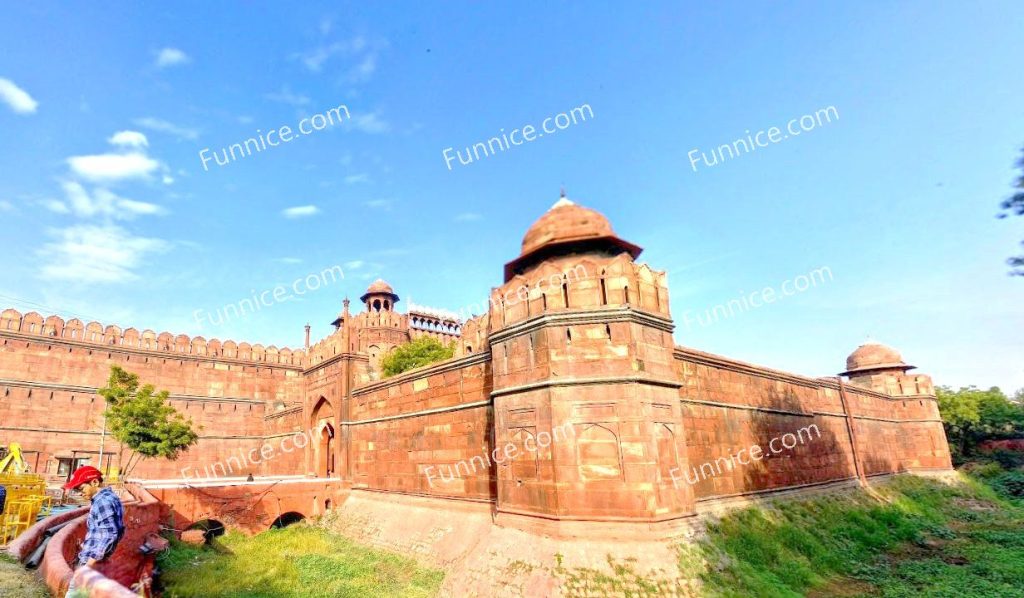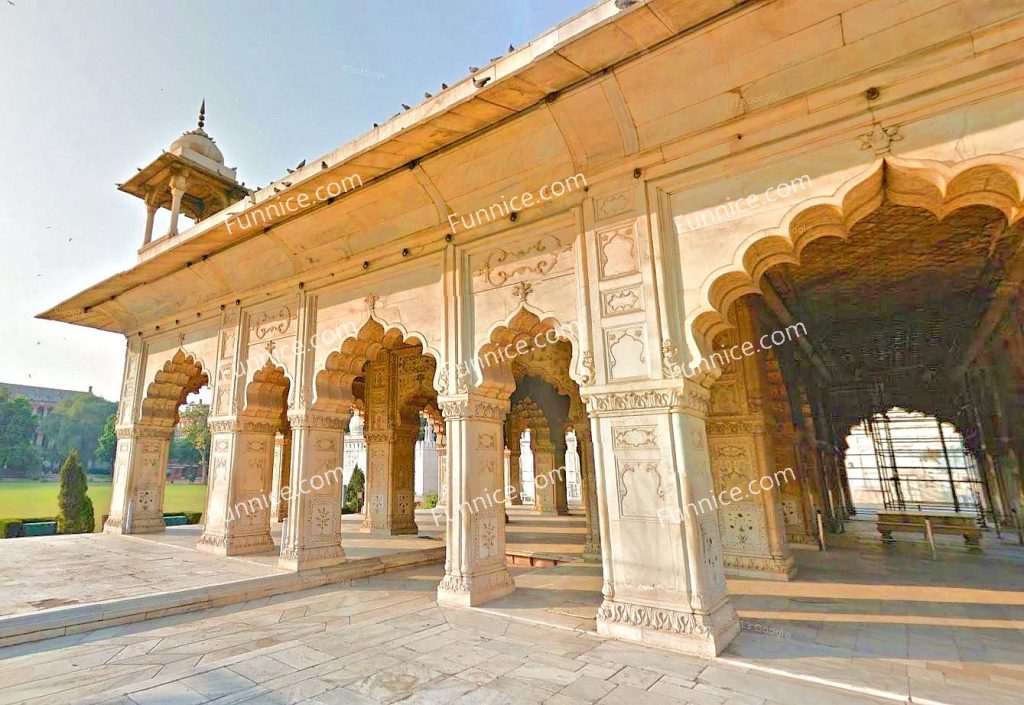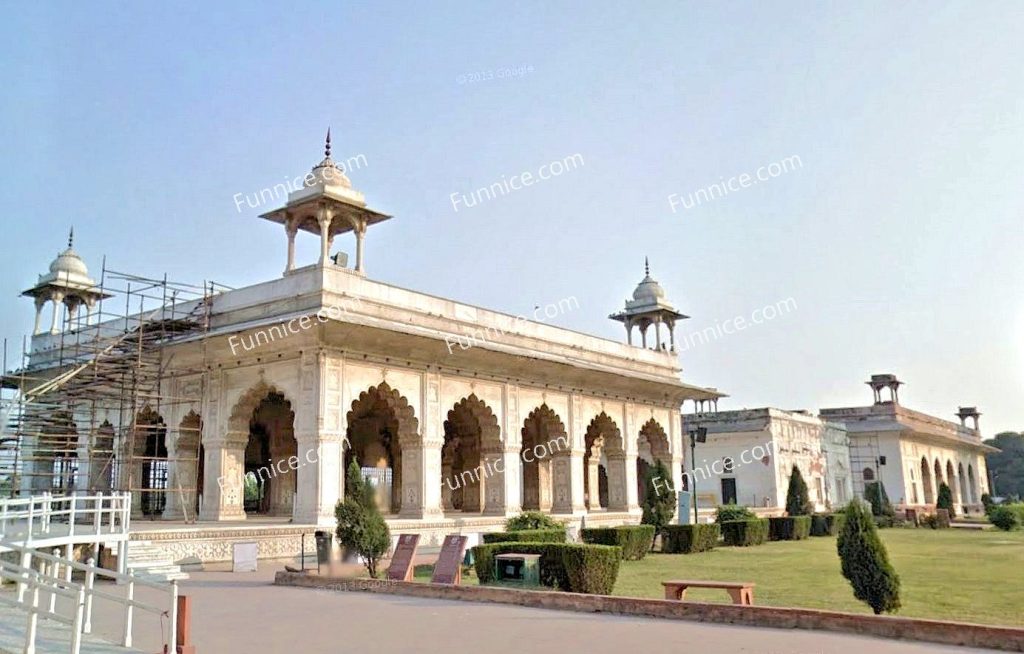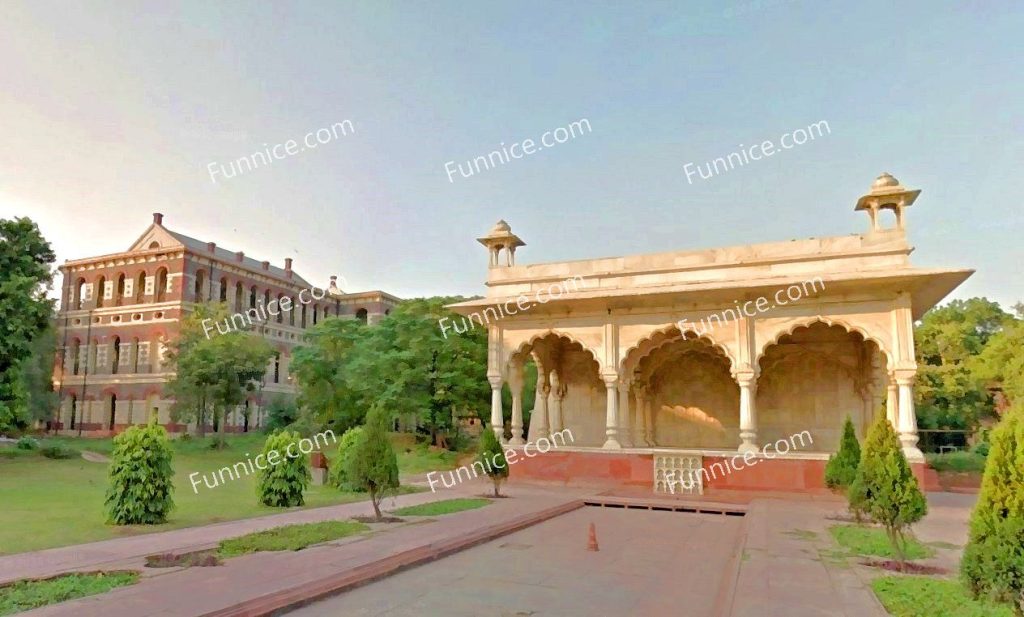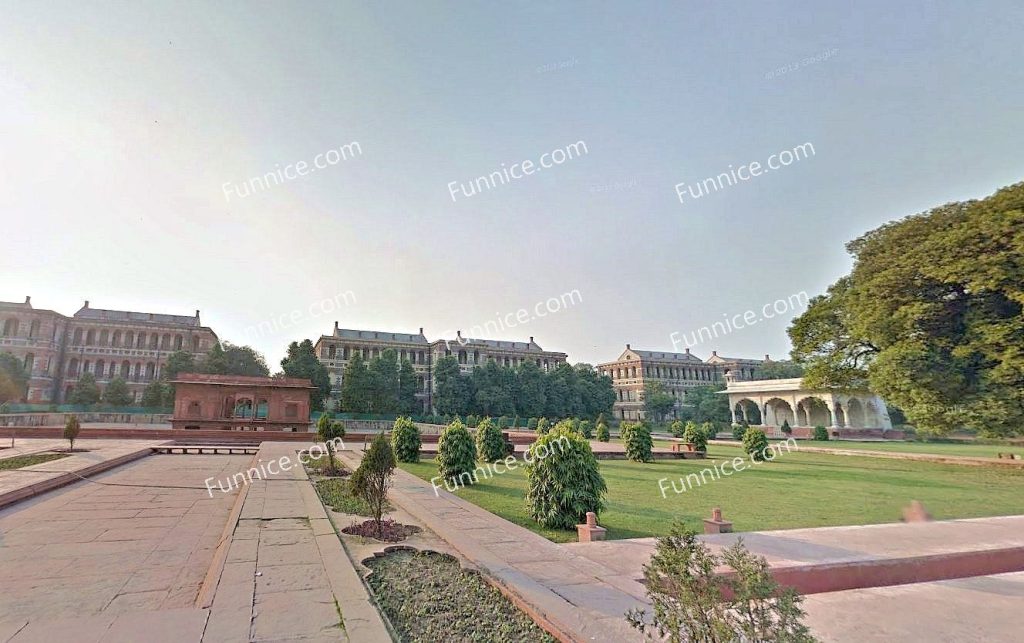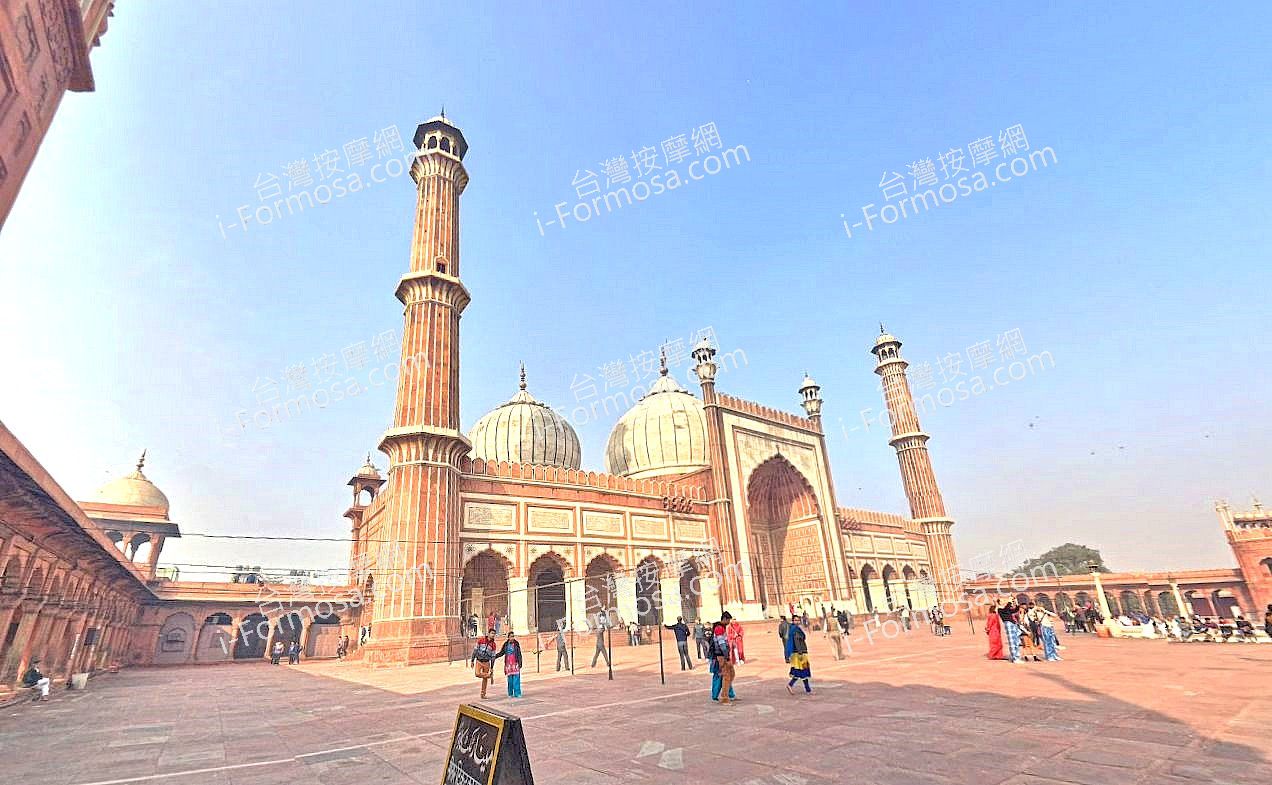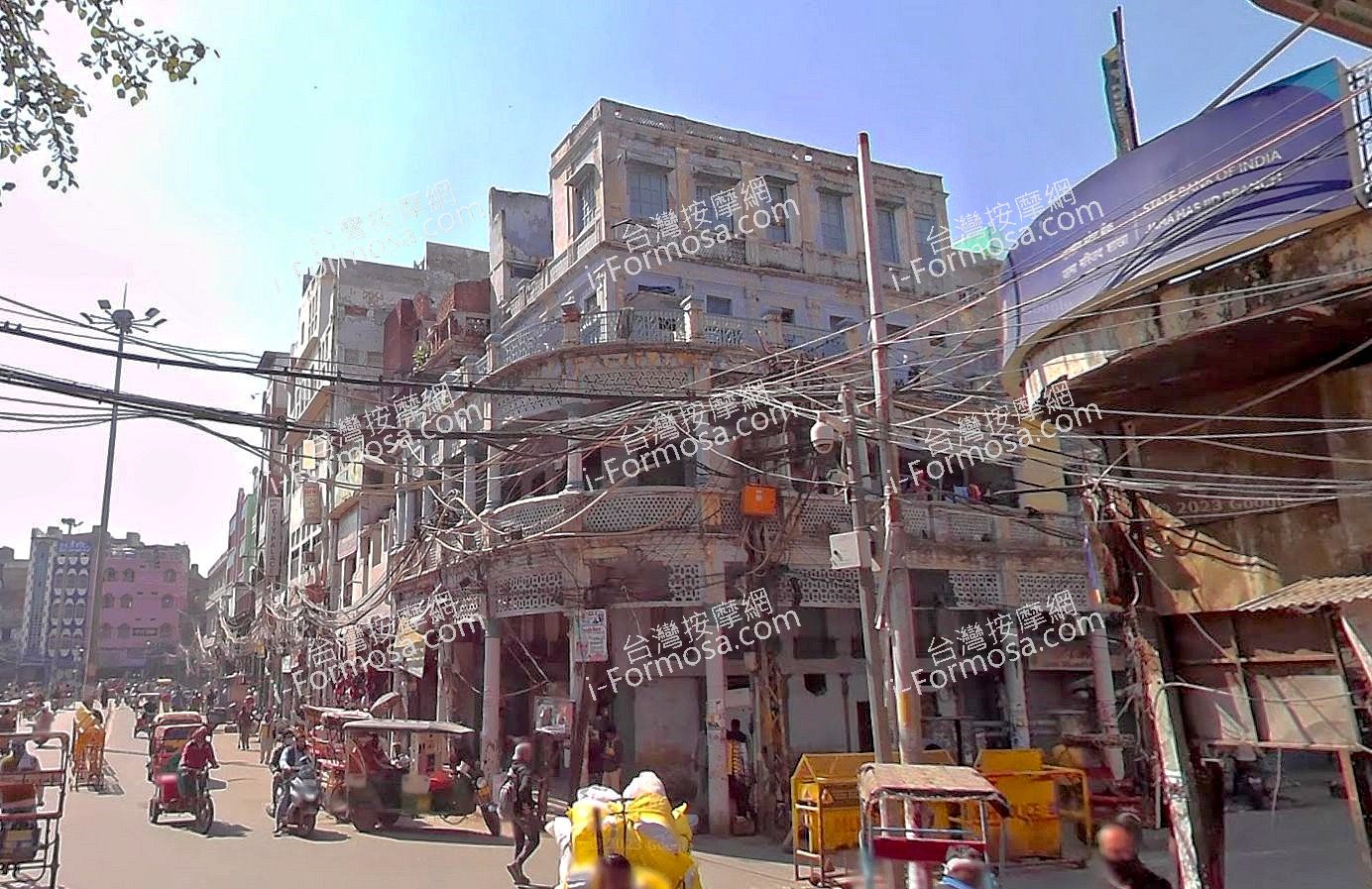Red Fort: A Majestic Witness to India’s History
Located in the heart of India’s capital, New Delhi, the Red Fort (Lal Qila) stands as one of the country’s most iconic historical landmarks. Built by the Mughal Emperor Shah Jahan in 1638 and completed in 1648, this magnificent fortress gets its name from the extensive use of red sandstone in its construction. It served as the primary residence and administrative center of the Mughal emperors, symbolizing the empire’s grandeur and power. Over the centuries, the Red Fort has witnessed the rise and fall of dynasties and remains a powerful emblem of India’s rich cultural heritage.
The Glory of the Mughal Empire and the Birth of the Red Fort
During the 17th century, the Mughal Empire was at its peak, and Shah Jahan decided to shift his capital from Agra to Delhi. To mark this transition, he commissioned the construction of a grand palace that would reflect the splendor of the empire. The architecture of the Red Fort blends Persian, Timurid, and Indian styles, creating a masterpiece of design and craftsmanship. The fort’s interior features a series of beautifully designed courtyards, halls, and mosques. The Diwan-i-Aam, or Hall of Public Audience, was where the emperor addressed the common people, while the Diwan-i-Khas, or Hall of Private Audience, served as a space for meetings with nobles and dignitaries. The Rang Mahal, or Palace of Colors, was the royal residence for the Mughal queens and was adorned with intricate decorations and a water-cooling system to provide relief from the heat.
However, the grandeur of the Mughal Empire was short-lived. In 1857, during the Indian Rebellion against British rule, the last Mughal emperor, Bahadur Shah II, was deposed by the British, and the Red Fort fell into colonial hands. The British used the fort for military purposes, looting and destroying many of its precious artifacts and architectural elements. This marked the end of an era, as the once-magnificent palace lost much of its original splendor.
The Red Fort and India’s Independence Movement
Despite changing rulers, the Red Fort remained a symbol of India’s historical legacy. On August 15, 1947, when India finally gained independence from British rule, Prime Minister Jawaharlal Nehru hoisted the Indian national flag at the Lahori Gate of the Red Fort, marking the dawn of a new era. Since then, the Red Fort has been the site of the annual Independence Day celebrations, where the Prime Minister addresses the nation, reflecting on India’s achievements and challenges.
The Red Fort Today: A UNESCO World Heritage Site and Tourist Attraction
Today, the Red Fort is recognized as a UNESCO World Heritage Site and remains one of India’s most visited historical monuments. Walking through its grand halls and courtyards, visitors can still sense the echoes of the Mughal Empire’s glorious past. In the evenings, a sound and light show brings the fort’s history to life, offering an immersive experience of its rich and eventful past.
Whether as a historical monument or as a symbol of India’s independence and national pride, the Red Fort holds an irreplaceable place in the country’s cultural and historical landscape. It stands as a testament to the resilience and heritage of India, making it an unmissable destination for anyone exploring the country’s rich past.
